|
Recently I came across a 1937 booklet issued by the Department of Health Ontario titled The Baby. While very much of its time, babies apparently haven't changed all that much, and it would be quite suitable for today's uberparents to follow. The differences relate more to modern inventions such as monitors, new fabrics, disposable diapers, blenders etc. There's a whole feminist thesis there, but right now I'm thinking about the photographed and painted images used to illustrate proper child rearing of the day. They feature the famous Dionne Quintuplets, a tourist attraction near North Bay, where these five little girls' care was taken over by the province so that they could be raised in a healthy and happy environment while also on daily display in a zoo-like atmosphere. The dramatic story began with the first recorded birth of five babies. After four months with their family, custody was signed over to the Red Cross who paid for their care and oversaw the building of a hospital for the sisters. Less than a year after this agreement was signed, the Ontario Government stepped in and passed the Dionne Quintuplets' Guardianship Act, 1935 which made them Wards of the Crown until the age of 18.[1] The Ontario provincial government and those around them began to profit by making them a significant tourist attraction. https://en.wikipedia.org/wiki/Dionne_quintuplets So these beautiful little girls are shown attended by their nurses as they play happily, have their lunch, even get their cod liver oil. (Mandatory for a child growing up in Northern Ontario, cod liver oil has me hating fish to this day.) After being in the spotlight, even media darlings if you will, they were returned to an abusive relationship with their parents, who had had several more children. There is a great deal written by and about the women over the years, but they are generally forgotten these days.
The high irony of using them as examples for a Spock style baby book keeps on giving. It speaks of bureaucratic overload, well-intentioned meddling, exploitation and greed not only on the part of the family but also the government. As a window in time, it also reveals the ways that baby care has and hasn't changed over the decades.
1 Comment
Darwin, Worms, etc.
Who knows why our interest gets captured? I say that I have nothing good to read and Laura Hair mentions David Quammen. Unable to find the exact book she had read, I pick up his book on Darwin[1] and that starts it off. Something shows up on public television, then there is Darwin's book on worms, and a lecture series from Stanford available on YouTube. And so on. So I am in a state of mind where everything seems to point to Charles Darwin. There is so much that is interesting, and so easy to go all didactic on it, but I have to say a few things about this curious fascinating man. His theory on natural selection was revolutionary of course, but also of interest is just his wide and detailed attention to all sorts of things, his family life where his beloved wife had a deep religious belief that he obviously did not share, his hypochondria along with bouts of real illness that was never fully identified and weirdly treated, the letters he wrote constantly, often asking politely for biological samples from travelers. He was on the Beagle in his twenties, but after that he didn't actually go into the field, and yet accumulated mountains of research that supported his theories. He lived with his large family at Down House in Kent. Support from his well-to-do father was the source of income, so when he was well he was free to explore his many interests. I was able to get his study of earthworms[2] and am finding it a wonderful read, especially because of a sense of his voice coming through. It's a slim, dog-eared little thing with a torn front cover, unearthed for me in the library stacks. In relentless detail he describes his experiments that lead to his conclusion that worms have more intelligence than, say, ants, that their enormous appetites produce castings that till the earth over and over, that only sick worms wander about during daylight, and other intriguing tidbits. He is sometimes quite funny, for example, he describes the different manner in which worms in a protected container in his lab cover their burrows, in contrast to those in their natural habitat. The ones that have it easier are "slovenly" in making their burrow entrances. He cuts paper into triangles to see how worms would pull variously shaped leaves inside to block their entrances, and concludes that they can figure out the shape and therefore which end should be pulled to block the hole most effectively, unlike ants that stupidly pull and pull across something that could simply be turned sideways and easily pulled in. Random info: The US is at the low end in a graph outlining global belief in evolution, right down at the bottom with Bulgaria and Turkey. Darwin solidified his rejection of religion upon the death of his ten-year-old daughter Annie. He was a homebody, - played two games of backgammon with his wife every day. The publication of his On the Origin of the Species was hurried along by his publisher when it seemed that a paper on evolution was coming out by Alfred Russel Wallace. After a flurry it was agreed that the first paper would be co-written since their theories had been arrived at independently. High drama in scientific circles. It didn't make much of a splash at first. His last book was the one on worms and it was a best seller. [1] (The Reluctant Mr. Darwin: An Intimate Portrait of Charles Darwin and the Making of His Theory of Evolution (Great Discoveries); W. W. Norton, 2006. ISBN 978-0-393-32995-7) [2] The formation of vegetable mould, through the action of worms, with observations on their habits. |
Archives
February 2024
|
Margaret Rodgers | Canada
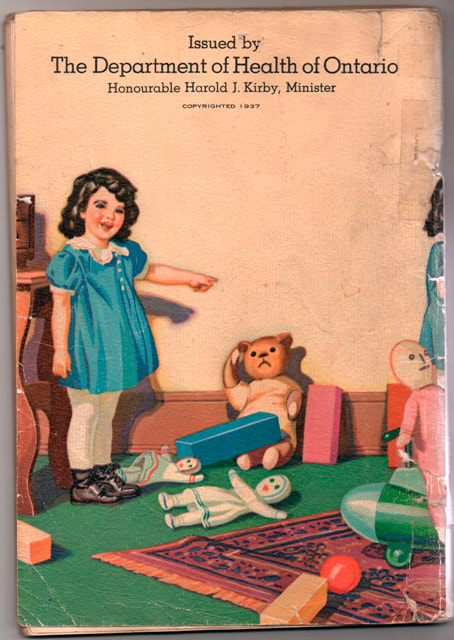
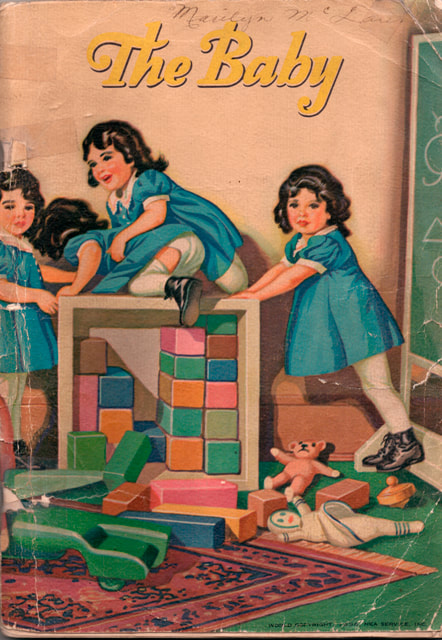
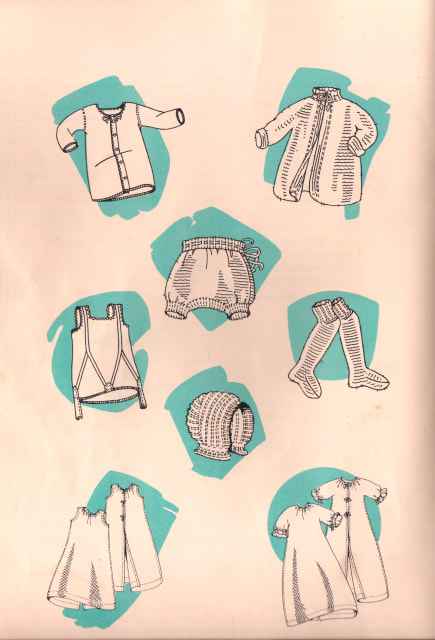
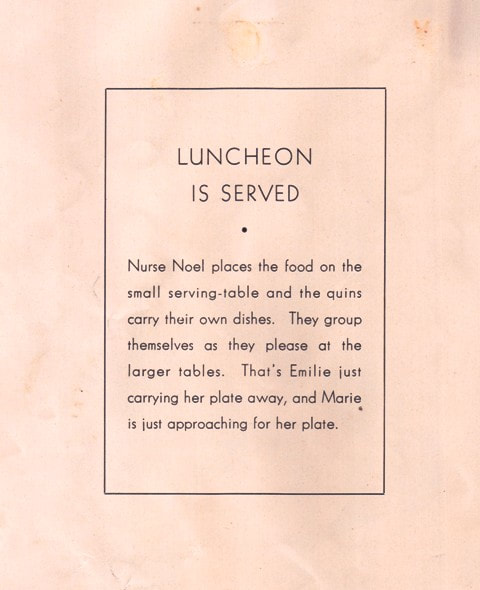
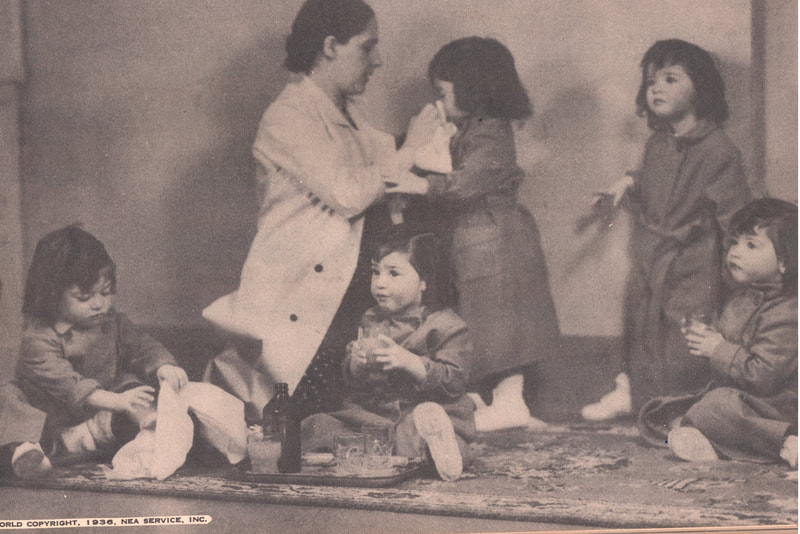

 RSS Feed
RSS Feed